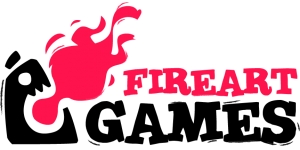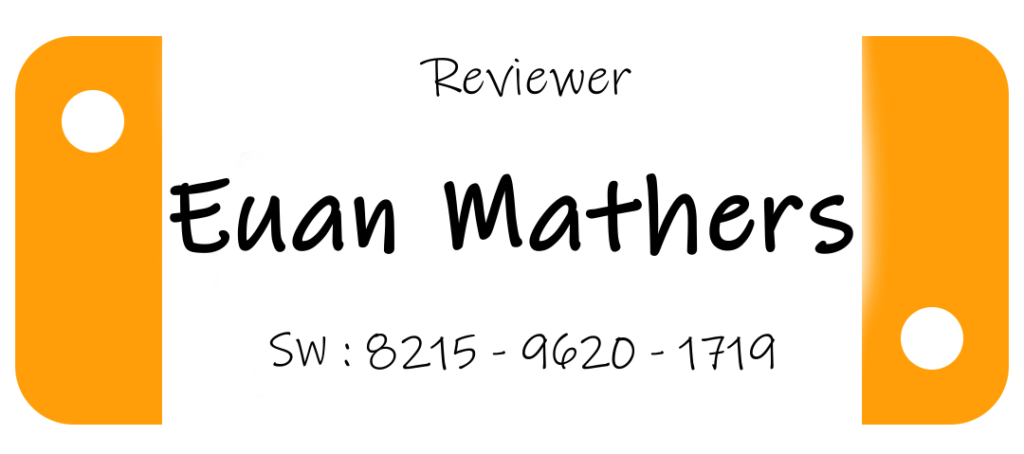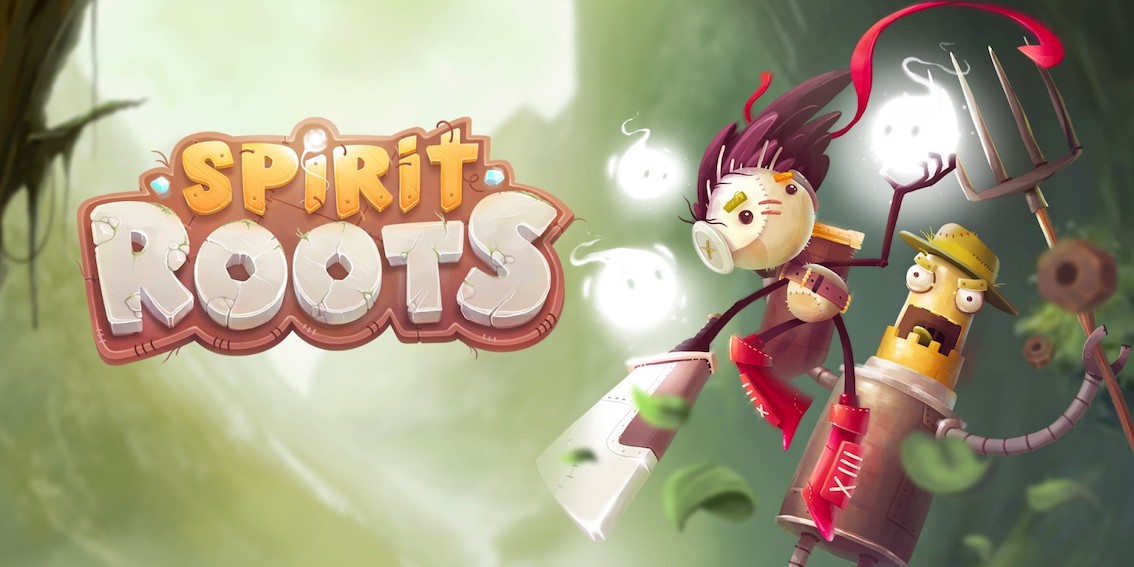[Review]: Spirit Roots – Nintendo Switch
Spirit Roots – Nintendo Switch
Developed By: Fireart Games
Published By: Drageus Games S.A.
Category: 2D Platformer
Release Date: November 01, 2019
The 2D platformer has evolved a lot over the years. Since the quintessential Super Mario Bros provided the blueprint for 2D platformers as we know them today many have followed, but few have bettered. It was the genre of choice for many developers and gamers up until the end of the 16 bit era, when it went on a hiatus as 3D platformers took over.
It wasn’t until 2006 when Nintendo’s own take on a modern day 2D platformer arrived in New Super Mario Bros for Nintendo DS. A 2D platformer with 3D graphics, it was a massive hit selling over 5 million in its first year, going on to sell over 30 million since its release. 2D platformers were back on the menu and this showed that gamers were hungry for more.
Since then the indie gaming scene has exploded thanks to the increase in popularity of digital stores such as the Nintendo eshop, and gamers have more choice than they’ve ever had for their favourite types of games. New platformers are releasing for Nintendo Switch on a weekly basis, which brings us to another new 2D platformer. Spirit Roots is a mobile port of a 2D platformer from Polish duo Fireart Games and Drageus Games. It makes a good first impression with an attractive art style, but unfortunately that doesn’t last long.
This is a traditional 2D platformer with each set of levels set in different themed lands, with a boss battle as the final level in each land. You start with access to the first land, and in each level you have objectives to complete so you can unlock each of the other 4 lands. There are 3 objectives which are the same in each level, so if you complete the level, collect all the coins in a level and defeat all the enemies you’re awarded another kind of coin for each which you collect to unlock the other lands.
Your character has a gun and a sword to attack enemies with. In each level and throughout the game there are 2 enemy types: one that fires projectiles at you which you can shoot from afar or hit with your sword, and an enemy with a shield which you can’t damage with your gun, so you have to get closer to them to cause damage with your sword. The enemies in each land may look different, but they are all a variation on these themes.
This is an attractive game to look at, with crisp and detailed 2D characters and environments. The influence of Rayman can be seen in the art style and the coin collectibles which ape the look of that game’s lums. But if the infamous Rise of the Robots on the SNES taught us anything, attractive visuals does not necessarily equate to a great game.
Considering this game looks like a game which may be aimed at children, it can be quite unforgiving and unfair. On the easiest difficulty when you die you’re returned to the last checkpoint and on the hardest difficulty setting you return to the start of the level if you die. The problem is there’s no energy gauge so you can’t take any damage without having to restart from earlier in the level, even on the easiest setting.
It’s level design often resorts to unforgiving cheap shots. Enemy and trap placement is set to provide challenge but it often feels unfair. Some enemies that are firing projectiles at you are positioned up or down a slope who you can’t hit easily with your gun as you can’t shoot diagonally. Other enemies fire projectiles that fly up above the top of the screen where you can’t see, and then come flying down to hit you.
There isn’t a difficulty curve as such, more a series of volatile spikes you might expect to see when viewing a graph of Nintendo’s share price. The spikes start after the first few levels in the first land, but if you complete enough of the level objectives you can unlock the next land and play those levels instead some of which are easier.
To compound all this, the enemy AI is poor and collision detection can be poor. You can stand in front of an enemy and hit them with your sword and they don’t react. And when it comes to hitting enemies with your sword you can hit them without making contact with the enemy, which means you can hit them repeatedly from far enough away that they don’t react.
It’s not all bad. It runs smoothly in both handheld and docked mode. Levels are quite short and suited to being played during short bursts of play. Controls are simple and responsive, but those with joy-con drift issues will have the added challenge of trying to stop your character from walking into an enemy/projectile/trap.
This is a derivative experience which doesn’t try to do anything new in the genre. You will find moments of enjoyment, but the moments that stay with you will be moments of frustration, poor enemy AI and collision detection. As the old saying goes, there’s plenty more 2D platformers in the sea.
2/5





Buy Spirit Roots
Be sure to follow Drageus Game S.A.

Also, be sure to follow Fireart Games









